In his first at-bat of the season, Gary Sanchez connected with a pitch that rocketed off his bat with an exit velocity of 115.7 mph. That is what advanced statisticians might describe as a hard hit…harder, in fact, than any contact Sanchez had made in his impressive 2016 campaign. Unfortunately, that batted ball also hit pitcher Chris Archer in the foot, and he proceeded to pick it up and throw Sanchez out at first base. Tough luck.
But is that same tough luck to blame for Sanchez’s 1-for-14 start at the plate? What about Greg Bird and Aaron Judge’s combined 3-for-24 with seven strikeouts? Can we chalk all the Baby Bombers’ struggles in the first series of the season up to some bad breaks?
As the inevitable hot takes continue to roll in regarding the young sluggers’ slow starts, let’s take a little stroll into the land of Statcast and PITCHf/x to try and gain some understanding of what has transpired over the course of a few forgettable plate appearances.
To begin, let us look at this rather curious chart depicting the Statcast leaderboard for exit velocity heading into Friday:
Sanchez and Judge account for three of the seven hardest-hit balls of the season-to-date, yet those three balls have resulted in four outs for the Yankees. This is because exit velocity only tells half of the Statast story. To paint a fuller picture, you have to marry those numbers to each player’s launch angle, the Jim to exit velocity’s Pam. Most home runs are clocked at an average exit velocity of around 95 mph, with a launch angle somewhere near 26 degrees. As you can see, Sanchez’s groundout off Archer registered a launch angle about 27 degrees lower than recommended, making it more of a Roy than a Jim.
Launch angle has not historically been the biggest problem for Judge, but he is a man who struck out in half (HALF!) of his 84 at-bats in 2016. The right fielder swung and missed so much last year that his whiff percentage was over 50 percent for any pitch he saw that wasn’t a fastball or a sinker. Thus far in 2017, Judge has only struck out in three of his 12 at-bats (only a quarter of the time!), and his whiff percentages look like this:
That’s better! Well, not on curves and splitters – in fact, maybe he should take a break from swinging at those two pitches for a while – but he has started making contact with cutters and begun putting the ball in play. If we continue with The Office theme, that makes his contact rate sort of like Kevin…we didn’t expect much but so far have been pleasantly surprised. Bat on ball is good, hard bat on ball is better, but hard bat on ball high in the air? That will come in time.
Judge was never meant to be the most valuable Yankee in 2017, as the burden of that terrifying expectation lies with the aforementioned Sanchez. In his half season of demolishing major-league pitching in 2016, the young catcher did most of his damage off of hard stuff. When facing fastballs, sinkers, and cutters last year, Sanchez belted 14 of his 20 home runs and notched a slugging percentage of .741. In the first three games of this year, he has tallied one hit and it was off a curveball. This season, Sanchez was retired on sliders three times on Opening Day, struck out twice against a pair of 92-mph fastballs up in the zone from Jake Odorizzi, and recorded two more outs against fastballs in Wednesday’s game. For good measure, here are all of Sanchez’s 2017 results against different pitch types (from Brooks Baseball):
According to the table, Sanchez is either missing fastballs or grounding out against them, grounding out and flying out in equal measure against sinkers, and flat-out missing every cutter he sees. These results point to the idea that the Rays, rather than shying away from Sanchez, beat him with the speedy stuff he likes so much. While this may seem like more fuel for the New York talk radio panic machine, let us remember that Sanchez is a person who is good at hitting fast pitches. He proved as much last year, and while three tough games might seem to some Yankees fans like an unforgivable, irreversible loss of talent, let us not forget that mantra that can power us through any slump: small sample size, small sample size, small sample size.
You may have noticed that the third Baby Bomber does not appear on the list of exit velocity leaders. That is because many of Bird’s Statcast results for 2017 read like this:
Fly outs to left, fly outs to center, fly outs to left, with a bunt groundout thrown in to spice things up. On one hand, 2015 Greg Bird proved that he can hit the ball to all fields, like so:
While the spray chart from his less successful last three games looks like this:
Those two dots out by the center field wall were the result of fastballs, leading me to believe that Bird, a man who is highly capable of getting the bat around on a fastball, is not currently getting the bat around on fastballs. Bird, like Sanchez, did not execute the way he is capable of executing against the Rays, and while it is frustrating to watch a player fly out and strike out repeatedly in his first meaningful games in nearly two years, those same big swings that are coming up empty right now will pay dividends for the Yankees down the road.
While Sanchez, Judge and Bird did not get off to the promising start many fans expected, there is reason to believe more positive results are lurking just around the corner; not because recent data points toward drastic improvements, but because past data allowed us to build up these expectations in the first place. Sanchez can and will eventually mash fast pitches rather than missing them, Bird knows how to hit the ball high and far to right field, and Judge has been making hard contact (better yet, he’s making contact period).
The results of these past three games have not drastically changed what we know about Sanchez, Judge and Bird, and they were never going to. So why, you might ask, have we undergone this exercise at all? We have done it to reassure ourselves of what we think we know, because it can be therapeutic and fulfilling to examine why things transpired the way they did, and also to remember that things could always be worse…like, say, Michael Pineda, whose advanced numbers are not unlike Ryan – promising and well put-together, but who in reality has never made a single sale and will eventually end up defrauding the company.
Lead photo: Kim Klement / USA Today Sports

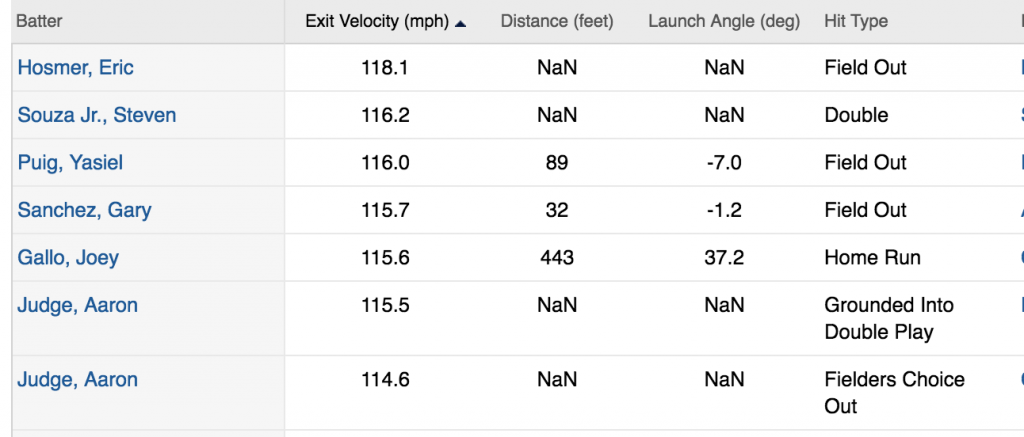
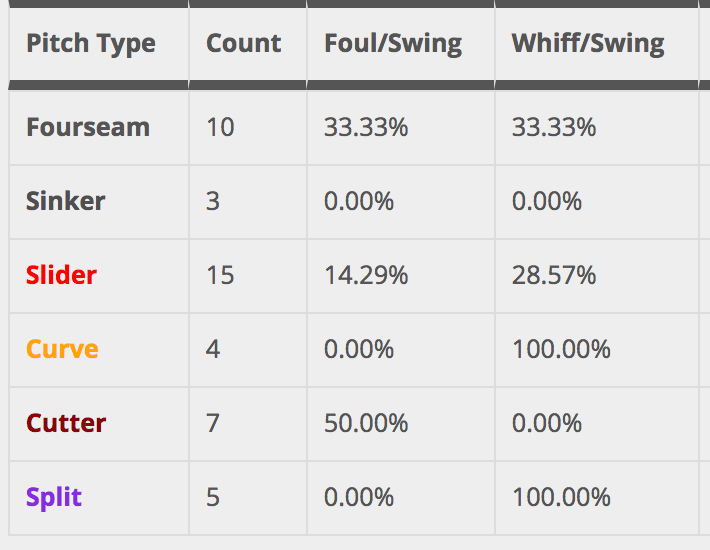
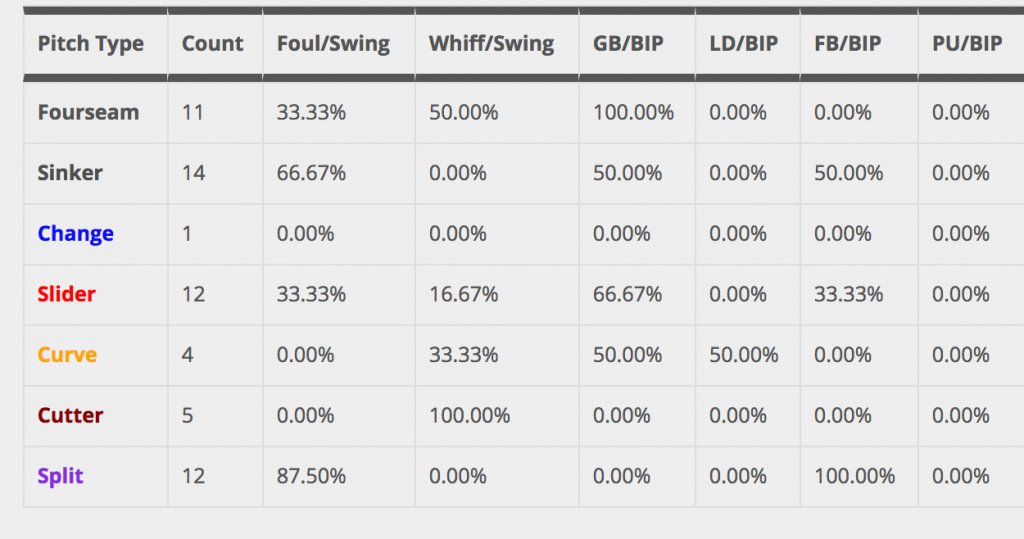

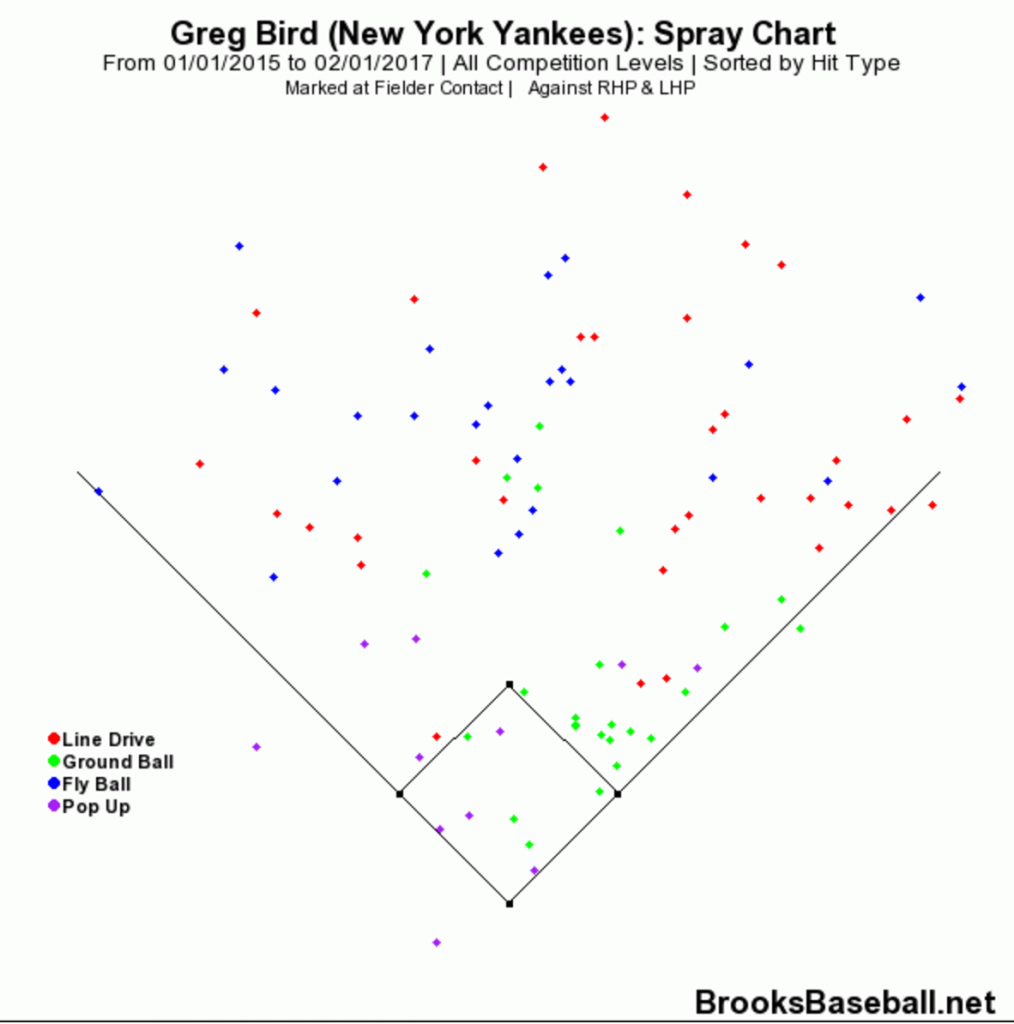
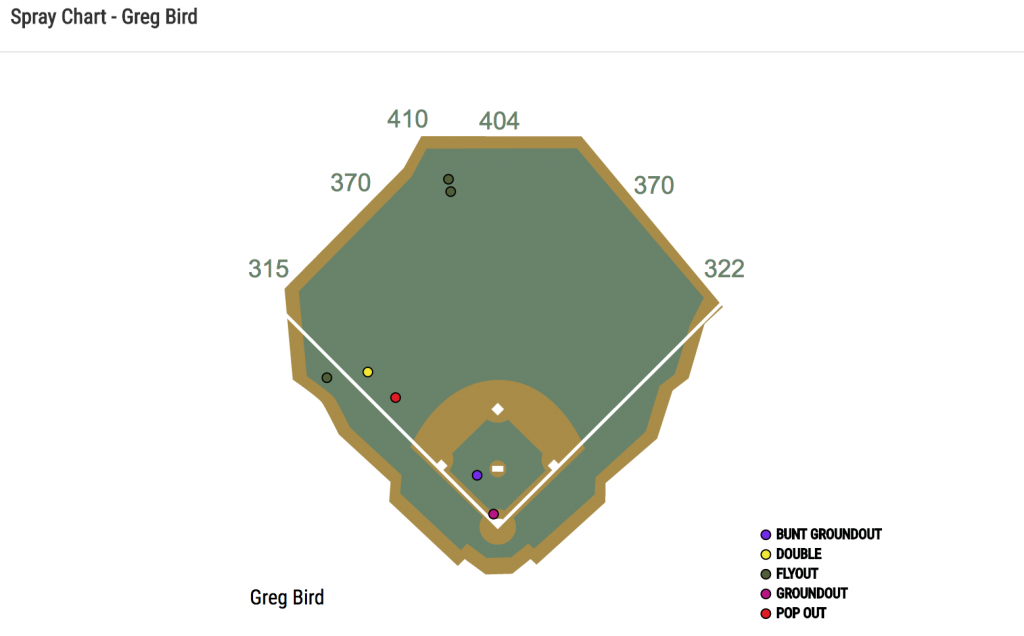
Sanchez hit his first homer on the day the article was posted. Keep them coming.